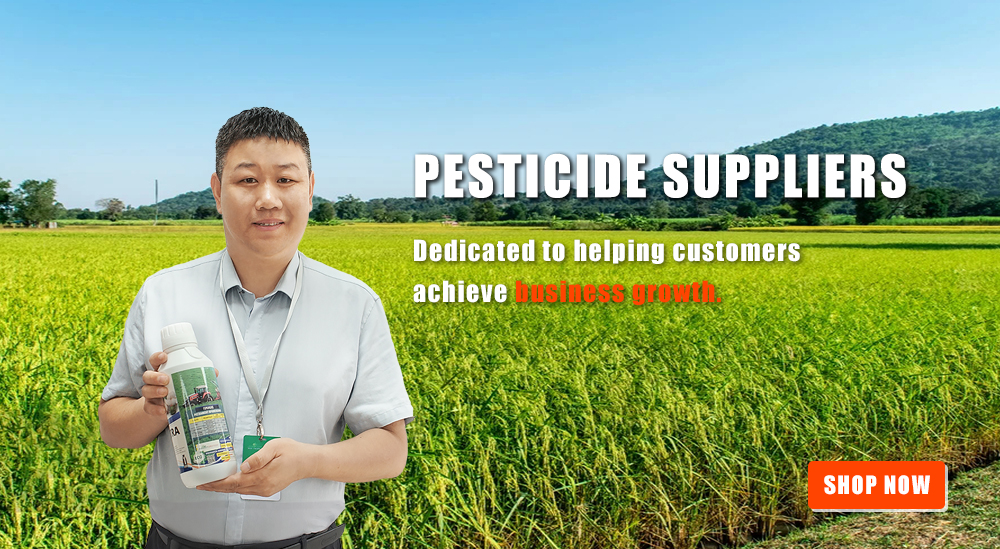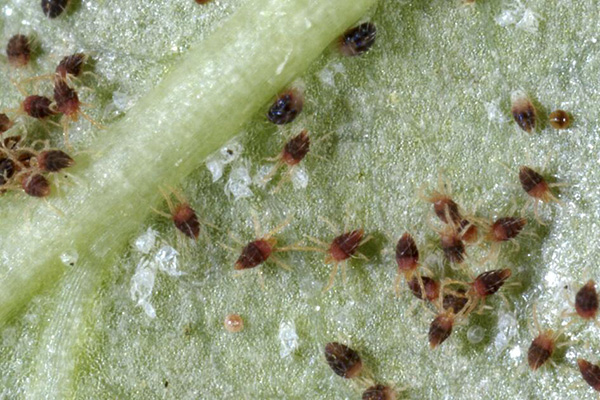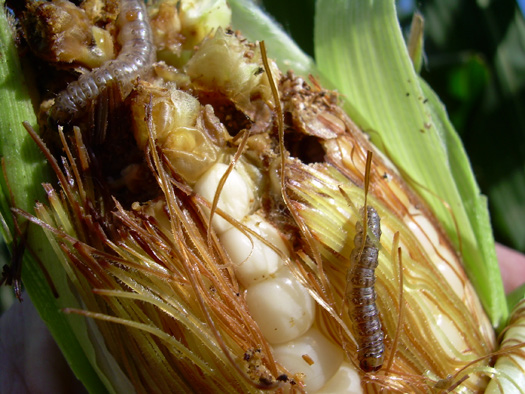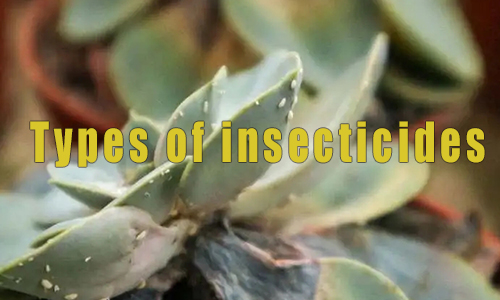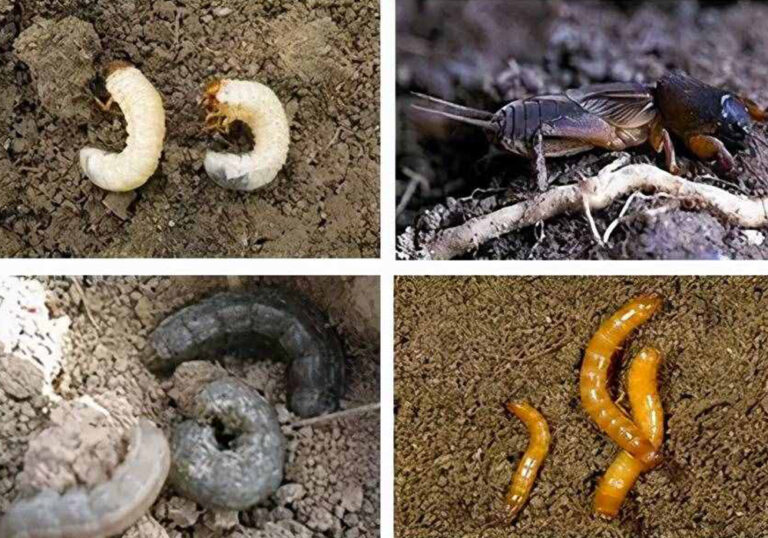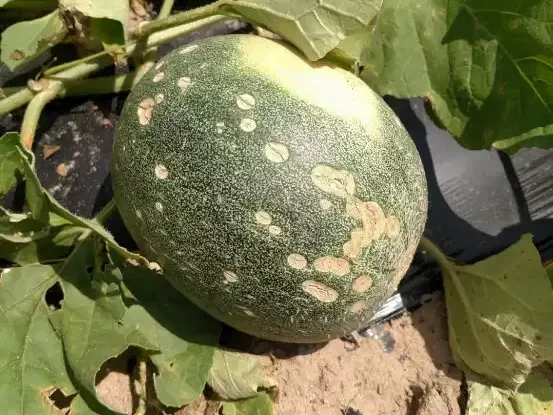
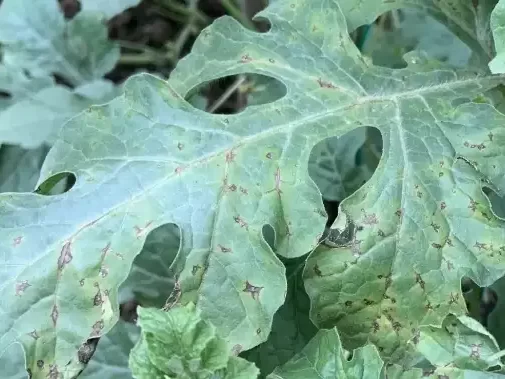
Introduction to Anthracnose Disease
Anthracnose disease, caused by the pathogen Colletotrichum spp., is one of the top ten plant pathogens globally. This fungus affects nearly all crops, including grains, vegetables, and fruit trees. The disease can devastate crops if not managed properly.
Symptoms of Anthracnose in Cucurbits
Cucumbers: Anthracnose symptoms in cucumbers start as light yellow, water-soaked spots near the leaf veins. These spots quickly expand into round or irregularly shaped brown to dark brown lesions. The center of the lesions often develops holes, leading to a ragged, tattered appearance of the affected leaves. In severe cases, entire necrotic spots may fall out, leaving holes in the leaves. Anthracnose can occur alongside other diseases like downy mildew and fusarium wilt, particularly affecting older and mature leaves. Unlike downy mildew, anthracnose lesions are not limited by leaf veins and often appear on veins as well.
Melons: In melons, anthracnose symptoms can be similar to those in cucumbers but with some differences. The lesions are typically irregular and can resemble downy mildew but are distinguished by their jagged, tooth-like edges and radial star-shaped patterns. On melons, anthracnose is more noticeable on the fruit, presenting as sunken, circular spots with a lighter center and darker edges. Over time, these spots may crack.
Watermelons: Watermelon anthracnose lesions are often round and perforated but can also be irregular. They share similarities with watermelon downy mildew but are differentiated by their serrated or spiked edges and radial patterns. Anthracnose is less common on watermelon fruits compared to cucumbers but can still cause significant damage.
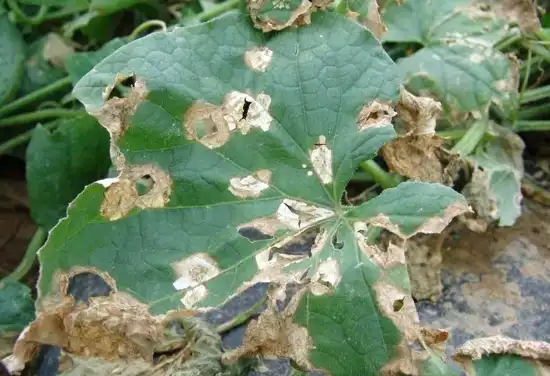
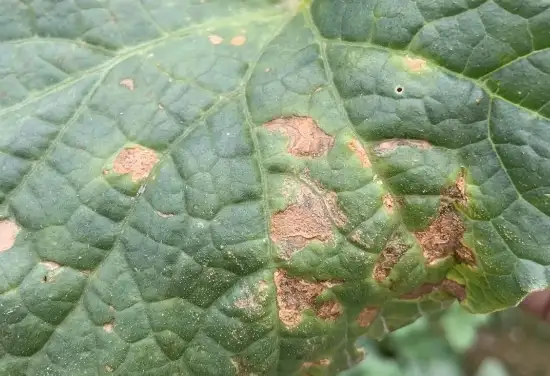
Occurrence and Spread of Anthracnose
Pathogen Characteristics: The pathogen Colletotrichum spp., also known as Colletotrichum capsici, Colletotrichum coccodes, and Colletotrichum orbiculare, affects a wide range of crops. Unlike specialized pathogens like downy mildew, Colletotrichum species do not strictly adhere to a single plant family and can infect multiple plant families, including cucurbits, tomatoes, and peppers. This pathogen can target various plant parts, including leaves, stems, and fruits.
Different Colletotrichum species have preferences for specific crops. For instance, Colletotrichum capsici mainly affects peppers and eggplants, while Colletotrichum coccodes targets tomatoes and potatoes. Colletotrichum orbiculare primarily affects cucurbits, including cucumbers, melons, and watermelons.
Optimal Conditions for Infection: Colletotrichum thrives at temperatures between 18-28°C (64-82°F) with free moisture on leaf surfaces for over 10 hours. The pathogen survives on infected plant debris in the soil and can persist for over two years in the absence of host plants.
Disease Cycle: Anthracnose does not involve a sexual stage in its life cycle. It spreads through seeds, seedlings, or plant debris in the soil. The pathogen’s conidia (spores) spread via rain splash, wind, or irrigation water. Therefore, frequent and prolonged rainfall conditions favor the development and spread of anthracnose.
Chemical Control of Anthracnose
Protective Fungicides: Effective management of anthracnose often involves the use of protective fungicides. Commonly used fungicides include:
In Worldwide, imidazole (e.g., myclobutanil) and triazole (e.g., propiconazole, difenoconazole) fungicides are frequently used. Internationally, newer fungicides like methyl benzimidazole (e.g., pyraclostrobin) and azoxystrobin are popular. However, reports indicate increasing resistance to these fungicides in some regions. Consequently, it is often necessary to apply fungicides with different modes of action in combination to manage resistance effectively.
Conclusion
Anthracnose, caused by Colletotrichum species, poses a significant threat to cucurbit crops, including cucumbers, melons, and watermelons. Recognizing the symptoms and understanding the disease cycle are crucial for effective management. By applying appropriate fungicides and monitoring environmental conditions, growers can reduce the impact of this damaging disease on their crops. Regular rotation of fungicides with different action mechanisms can help mitigate resistance and enhance disease control.
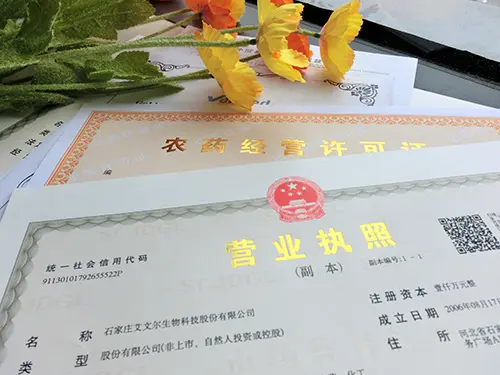
Certificate support
We provides various certificates, including SGS, IBO, and ICAMA. These certifications help customers gain a competitive edge in the market. Awiner assist clients in registering pesticides.
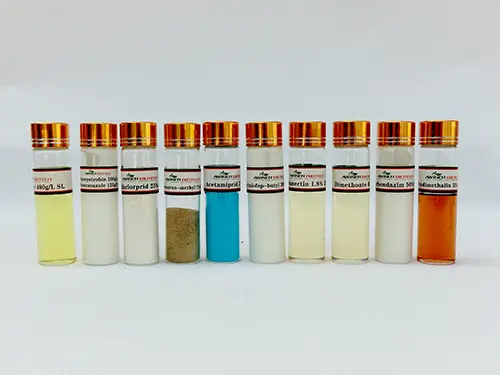
Customized pesticide formulation
A professional technical team will formulate pesticide single agents or combination products tailored to the local conditions and specific needs of crops in the customer’s region.
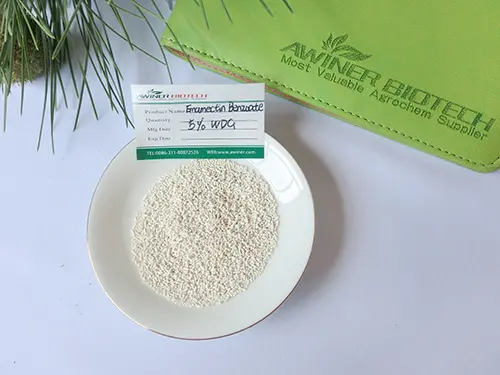
Support samples
Providing samples is part of our excellent service. Generally, samples can be provided within 3 days, and our staff will send them to customers as soon as possible according to the schedule.
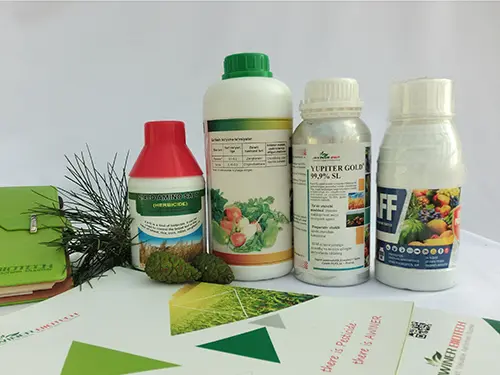
Packaging customization
Pesticide liquid bottles, aluminum foil bags, labels, logos, and more can all be customized to meet customer needs. Our professional design team provides quick design services for customers.
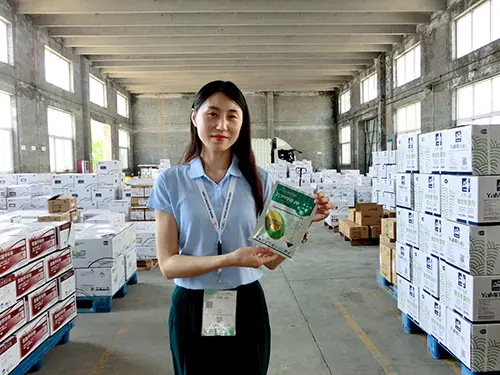
Market Assistance
We collaborate with multiple countries on pesticide exports and can provide customers with local market product data. This helps our clients quickly gain a foothold in the local market.

After-sales service
Pre-sales and production are our strengths, but our after-sales service is also a key advantage. Our professional after-sales team assists customers with customs clearance, sales, and other related issues.
